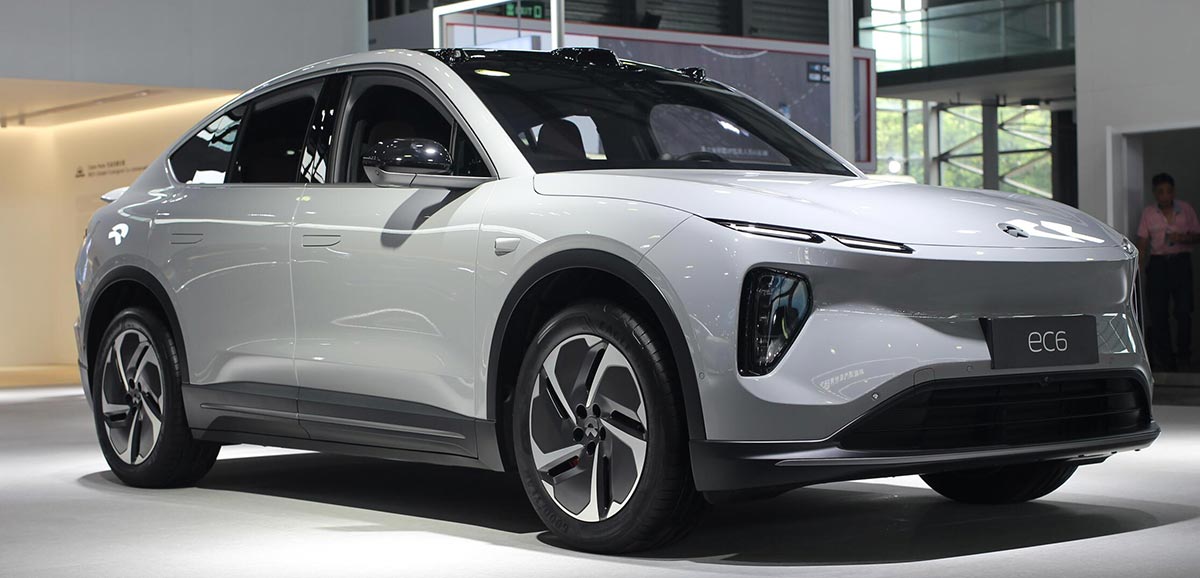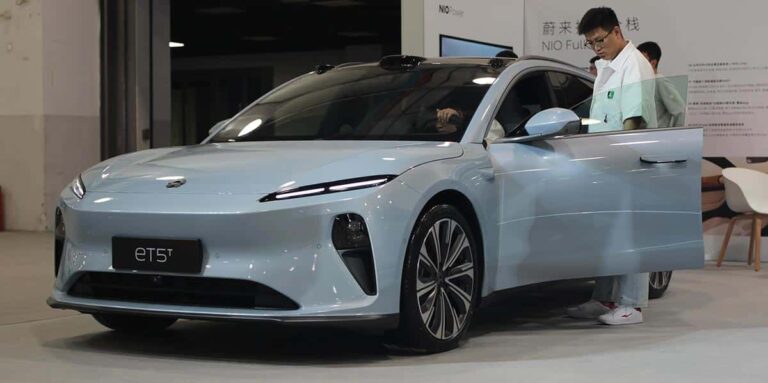The main benefit of using end-to-end technology is that it accelerates NOA coverage in urban areas, as it can cover corner cases that are not fully covered by rules.

Nio (NYSE: NIO) has reorganized its smart driving team to focus more on end-to-end technologies that are seen as better solutions, according to a new report.
Nio's smart driving R&D recently completed a structural change that merged the perception and planning-control teams into the large model team, and the integration team was reorganized into the technology delivery team, according to local media outlet LatePost.
Previously, Nio's smart driving R&D was divided into smaller divisions including perception, planning and control, and integration, the report noted.
The reorganized smart driving R&D department is still headed by Nio's vice president of smart driving R&D, Ren Shaoqing, while the large model team is headed by Peng Chao, former head of Nio's perception team, according to the report.
Following the reorganization, Ren had told his team that they needed to abandon the traditional "perception-decision-planning-control" paradigm that the industry has followed for years.
This means that Nio will more explicitly explore higher-level smart driving through end-to-end large model technology, the LatePost report noted.
Ren co-founded autonomous driving technology company Momenta in 2018 as a partner and director of research and development. He joined Nio in 2020.
Peng earned a master's degree from Tsinghua University and was a senior vision algorithm engineer at Momenta.
Nio's smart driving team currently has about 1,500 people, less than Huawei's more than 7,000. BYD (HKG: 1211, OTCMKTS: BYDDY) has about 4,000, and Xpeng (NYSE: XPEV) has about 3,000.
Li Auto (NASDAQ: LI) now has a smart driving team of about 800 people after shrinking its team last month, the LatePost report noted.
Tesla (NASDAQ: TSLA) released FSD V12 earlier this year, which brought positive results. This has led to an industry consensus that the end-to-end large model technology used by Tesla is becoming more commonplace, and more car companies in China are beginning to experiment with this route, the report said.
Under the commonly adopted technology architecture, for intelligent driving systems, modules such as perception, prediction, decision-making, and control all require engineers in different fields to be responsible for them.
Some companies have opted to rely on programmers to write rule-based code to solve massive problems; Huawei, for example, has about 1,000 engineers in its planning and control team alone, LatePost noted in a report in February.
An end-to-end smart driving system can alleviate this issue by taking sensor data as input and using it directly in the vehicle's control commands, relying on neural network models for all intermediate processes.
The main benefit of using end-to-end technology is that it accelerates the coverage of higher-level smart driving features, including NOA (Navigate on Pilot) in urban areas, because it can cover corner cases that the rules can't fully cover, the LatePost story today noted.
This can eliminate the need for car companies to turn on the NOA feature on a city-by-city basis, lowering the cost and shortening the cycle time for the feature to cover more areas, the report said.
The planning control portion of the solution Nio currently uses is still rules-based for now, and it previously said it would roll out end-to-end based active safety features, including AEB (automatic emergency braking), in the first half of this year, according to the report.
Nio's latest Banyan 2.6.5 software, which will be pushed out to users soon, will include AEB functionality based on end-to-end technology, the report said, adding that Nio has not yet announced a timeframe for mass production of the end-to-end technology.
Huawei pushed out its ADS 2.0 solution in February, which was also not a full end-to-end architecture, but which Huawei said is already capable of supporting users to activate point-to-point assisted driving on any roadway across the country, the report noted.
Huawei expects to fully switch to ADS 3.0 with an end-to-end architecture this August, according to the report.
Xpeng said in May that it had achieved the use of end-to-end technology, and that the urban NGP (Navigation Guided Pilot) had covered more than 300 cities and was expected to cover the whole country in the third quarter of this year.
Li Auto began allowing users to sign up to experience AD Max 3.0's HD map-independent NOA feature this week. The company said it expects to launch a high-level intelligent driving solution based on its in-house developed end-to-end large model by the end of this year or early next year.

